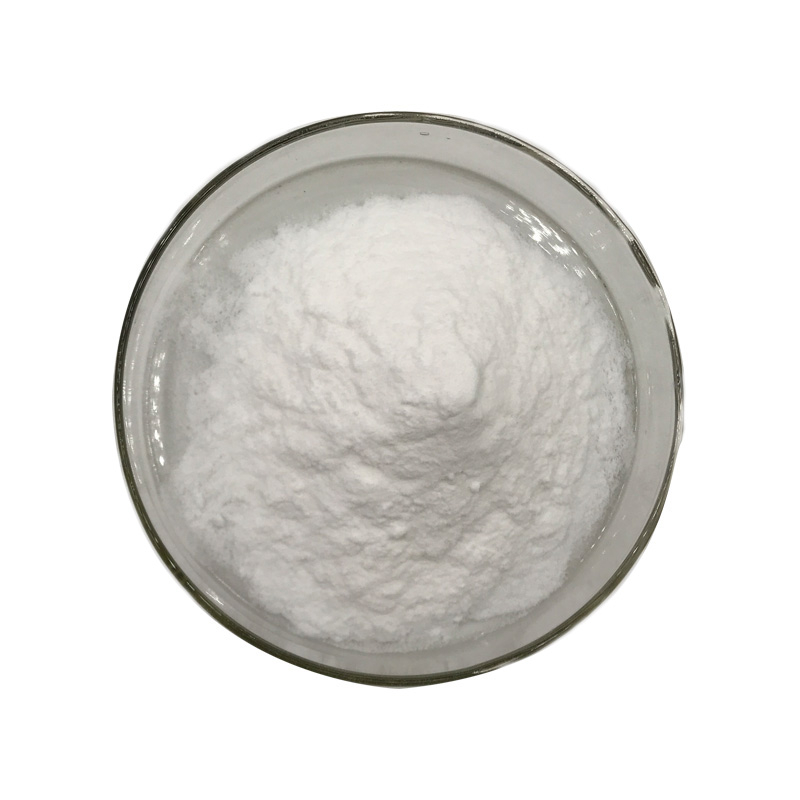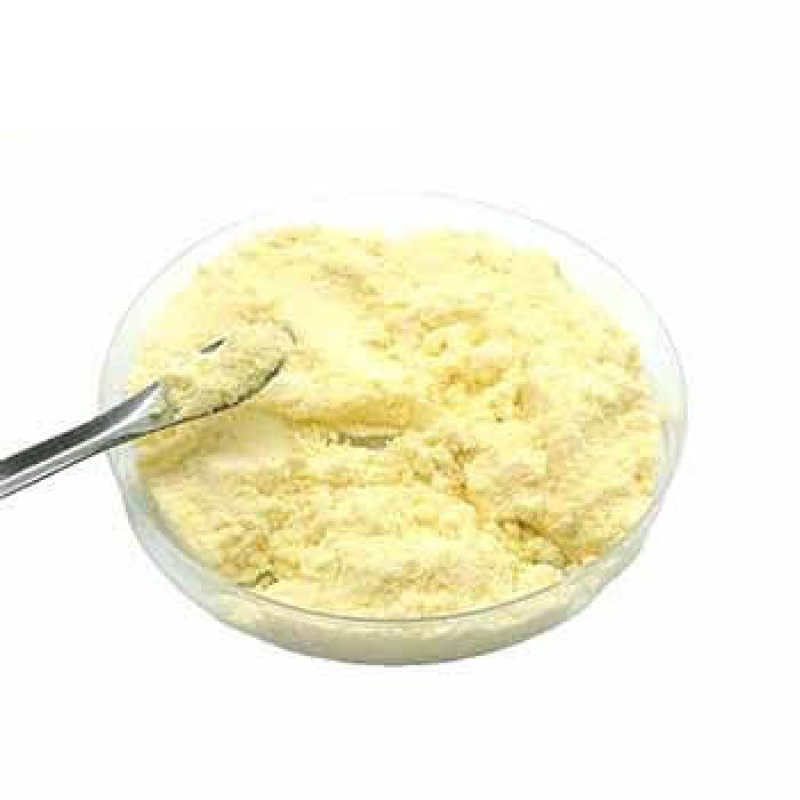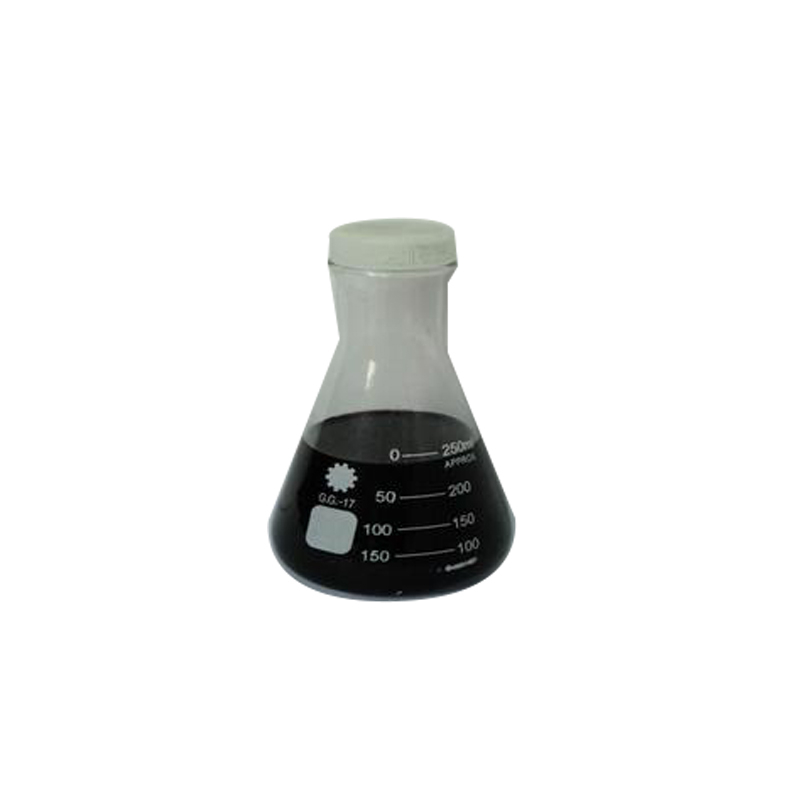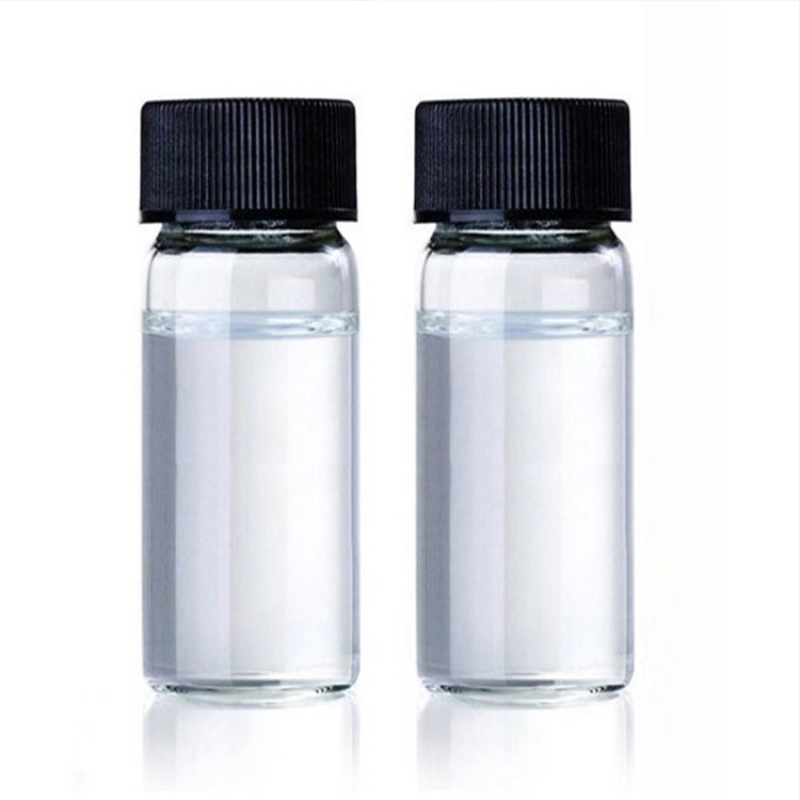Products Description of Naphthalene-2-sulfonic acid CAS#120-18-3White to slightly brown leaf-shaped crystals. Melting point 91℃ (anhydrous), 83℃ (trihydrate), 124℃ (monohydrate). Soluble in water, alcohol and ether.
Contact Now
Products Description of BIS(2-METHOXYETHOXY)METHANE CAS#4431-83-8The molecular formula of bis(2-methoxyethoxy)methane is C7H16O4 and its molecular weight is 164.1995.BIS(2-METHOXYETHOXY)METHANE Chemical PropertiesBoiling point 60°C 1,5mmdensity 0,995 g/cm3vapor pressure 22Pa at 25℃refractive index 1.4140Fp 60°C/1.5mmform liquidcolor ColourlessWater Solubility Fully miscible in water.BRN 1700087LogP-0.69 at 22℃EPA Substance Registry System2,5,7,10-Tetraoxaundecane (4431-83-8)Safety InformationSafety Statements 24/25HS Code 2909199090Pr
Contact Now
Products Description of Sulfonic acids, petroleum, sodium salts CAS#68608-26-4White powderSulfonic acids, petroleum, sodium salts Chemical PropertiesBoiling point 1042.61℃[at 101 325 Pa]vapor pressure 0Pa at 25℃Water Solubility 0.065ng/L at 25℃LogP22.12 at 25℃EPA Substance Registry SystemPetroleum sulfonic acids, sodium salts (68608-26-4)Factory and Equipment ShowFast delivery timeInventory 2-3 working days New production 7-10 working days
Contact Now
Products Description of Sodium gualenate CAS#6223-35-4Sodium azulene sulfonate is unstable and will decompose under light, air oxidation and high temperature, and it is easy to remove the sulfonic acid group.
Contact Now
Products Description of Dichloromethane CAS#75-09-2Dichloromethane is a compound formed by replacing two hydrogen atoms in the methane molecule with chlorine, with the molecular formula CH2Cl2. It is a colorless, transparent, heavier than water, volatile liquid with an ether-like smell and sweetness. It does not burn, but forms an explosive mixture when mixed with high concentrations of oxygen.
Contact Now
Products Description of 2-Acrylamide-2-methylpropanesulfonic acid CAS#15214-89-82-Acrylamido-2-methylpropanesulfonic acid (AMPS) is a water-soluble sulfonic acid group with strong anionic properties, which makes it salt-resistant, high-temperature-resistant, dye-affinity, conductive, ion-exchangeable and highly tolerant to divalent cations; the amide group makes it have good hydrolysis stability, acid and alkali resistance and thermal stability; and the active double bond makes it have addition polymerization properties, and it can produce copolymers with a variety of hydrocarbon monomers
Contact Now
Products Description of Iodomethane CAS#74-88-4Methyl iodide is a halogenated hydrocarbon with the molecular formula CH3I, MeI. It is a monoiodine substitute of methane. The boiling point is 42.4℃, the relative density is 2.279 (20/4℃), it is a volatile liquid with high density at room temperature, the dipole moment is 1.59D, and the refractive index is 1.5304 (20°C, D), 1.5293 (21°C, D). Methyl iodide is miscible with common organic solvents, slightly soluble in water, soluble in ethanol and ether. The pure product is colorless and has a special odor.
Contact Now
Products Description of Dichloromethane CAS#75-09-2Dichloromethane is a compound in which two hydrogen atoms in the methane molecule are replaced by chlorine. The molecular formula is CH2Cl2. It is a colorless, transparent, heavier than water, volatile liquid with an ether-like smell and sweet taste.
Contact Now
Products Description of Kojic acid CAS#501-30-4Kojic acid, also known as kojic acid and kojic acid, is an organic acid with antibacterial effect produced by aerobic fermentation of glucose by Aspergillus candida at 30-32°C. Its molecular structure is a γ-pyrone with a substituent. Among the γ-pyrone compounds existing in nature, the only famous compounds are kojic acid and maltol. In 1907, Saito separated kojic acid crystals from rice koji. It was named by Yabuta in 1912 and its structure was determined in 1924.
Contact Now
Products Description of OXALIC ACID CAS#68603-87-2Oxalic acid standard solution is mostly used for quantitative detection of oxalic acid content in food and medicine. For example, oxalic acid standard solution can be used to determine the oxalic acid content in edible mushroom broth.
Contact Now
Products Description of Octanoic acid CAS#124-07-2Caprylic acid is a medium-chain fatty acid. It has 8 carbons in its chain, so it is also called n-caprylic acid. Caprylic acid is considered an essential fatty acid, which is necessary for the proper functioning of the human body.
Contact Now
Products Description of Metatitanic acid CAS#12026-28-7Titanic acid is an intermediate product of the sulfuric acid method for producing titanium dioxide.
Contact Now
Products Description of 3,5-Pyridinedicarboxylic acid CAS#499-81-03,5-Pyridinedicarboxylic Acid, English name 3,5-Pyridinedicarboxylic Acid, is a chemical substance with molecular formula: C7H5NO4.3,5-Pyridinedicarboxylic acid Chemical PropertiesMelting point >300 °C (lit.)Boiling point 295.67°C (rough estimate)density 1.5216 (rough estimate)refractive index 1.6280 (estimate)storage temp. Sealed in dry,Room Temperaturesolubility 1.0g/lform Powderpka2.8(at 25℃)color White to almost whiteWater Solubility insolubleBRN 131640InChIInChI=1S/C
Contact Now
Products Description of Acetic acid CAS#64-19-7Acetic acid, commonly known as acetic acid (AcOH), is named after the main component of vinegar and is one of the most important fatty acids. It generally exists in many plants in free form or in the form of esters in nature. Molecular formula CH3COOH. The brewing and use of vinegar has a history of thousands of years. There are records of vinegar making in ancient China. However, concentrated acetic acid was successfully developed by Stahl in 1700. Pure acetic acid is a colorless liquid with a pungent taste.
Contact Now
Products Description of (1S)-(+)-Camphor-10-sulphonic acid CAS#3144-16-9Optically active left- and right-handed camphorsulfonic acid is an important resolving agent for chiral isomer drugs.
Contact Now
Products Description of 3-MERCAPTOPROPIONIC ACID CAS#107-96-03-Thiopropionic acid is a direct raw material in organic chemicals and is used in pharmaceutical intermediates and electronic chemicals; it is used as an intermediate in the pharmaceutical Fenal, and it is also used as a stabilizer for polyvinyl chloride.
Contact Now
Products Description of Sulfamic acid CAS#5329-14-6Aminosulfonic acid is a colorless, odorless and non-toxic solid strong acid. Its aqueous solution has the same strong acid properties as hydrochloric acid, sulfuric acid, etc., but its corrosiveness to metals is much lower than that of hydrochloric acid, etc. It is extremely toxic to the human body, but it cannot be in contact with the skin for a long time, let alone enter the eyes.Due to its strong acid properties, it is also called solid sulfuric acid.
Contact Now
Products Description of Dehydroacetic acid CAS#520-45-6DHA is widely found in many deep-sea fish oils, as well as in marine algae and some terrestrial plants. DHA is an ω-3 type unsaturated fatty acid and an essential fatty acid for the body. mp44℃. It is very unstable to light, oxygen and heat, and is easily oxidized and cracked, so antioxidants should usually be added.
Contact Now
Products Description of Oxalic Acid CAS#144-62-7Oxalic acid is an organic substance with the chemical formula H₂C₂O₄. It is a metabolite of organisms, a medium-strong acid, widely distributed in plants, animals and fungi, and plays different functions in different organisms. Studies have found that more than 100 plants are rich in oxalic acid, especially spinach, amaranth, beet, purslane, taro, sweet potato and rhubarb.
Contact Now
Products Description of Amino tris(methylene phosphonic acid) CAS#6419-19-8Chlorotrimethylenephosphonic acid, also known as aminotrimethylenephosphonic acid (ATMP), has good chelation, low-limit inhibition and lattice distortion effects. It can prevent scale-forming salts in water from forming scale, especially calcium carbonate scale. Aminotrimethylenephosphonic acid is chemically stable in water and is not easily hydrolyzed.
Contact Now
Products Description of Sebacic acid CAS#111-20-6White flaky crystals. Slightly soluble in water, soluble in alcohol and ether.Sebacic acid Chemical PropertiesMelting point 133-137 °C (lit.)Boiling point 294.5 °C/100 mmHg (lit.)density 1.21vapor pressure 1 mm Hg ( 183 °C)refractive index 1.422Fp 220 °Cstorage temp. Store below +30°C.solubility ethanol: 100 mg/mLform Powder or Granulespka4.59, 5.59(at 25℃)color White to off-whiteOdormonoclinic prismatic tablets, wh.
Contact Now
Products Description of Boric acid CAS#11113-50-1Boric acid is also called "orthoboric acid". It is derived from the interaction between natural borax (sodium borate) and acid. Soluble in water, ethanol and glycerin. The aqueous solution is acidic and is a monovalent weak acid. Solubility in water increases with temperature. Heated to 169℃ (±1℃), dehydration will produce metaboric acid, and 300℃ will form boric anhydride. Neutralize with strong base to obtain metaborate.
Contact Now
Products Description of Sulfuric acid CAS#7664-93-9Sulfuric Acid (CAS# 7664-93-9) is a potent, colorless, and odorless mineral acid with a wide range of applications across various industries. As a cornerstone in chemical manufacturing, it's instrumental in producing fertilizers, dyes, and pigments. Its strong dehydrating and oxidizing properties make it indispensable in metal processing and refining petroleum. In the laboratory, it's a versatile reagent for titration and sample preparation.
Contact Now
Products Description of 4-Morpholineethanesulfonic acid CAS#4432-31-92-Morpholineethanesulfonic acid is a white solid powder at room temperature and pressure. It is soluble in polar solvents such as water, ethanol, methanol, and acetone, but insoluble in non-polar solvents. Its molecular structure contains a morpholine ring and an ethanesulfonic acid group. The morpholine ring is a nitrogen-containing heterocyclic compound with high stability and inertness, and has no obvious toxicity or irritation to organisms.
Contact Now


































